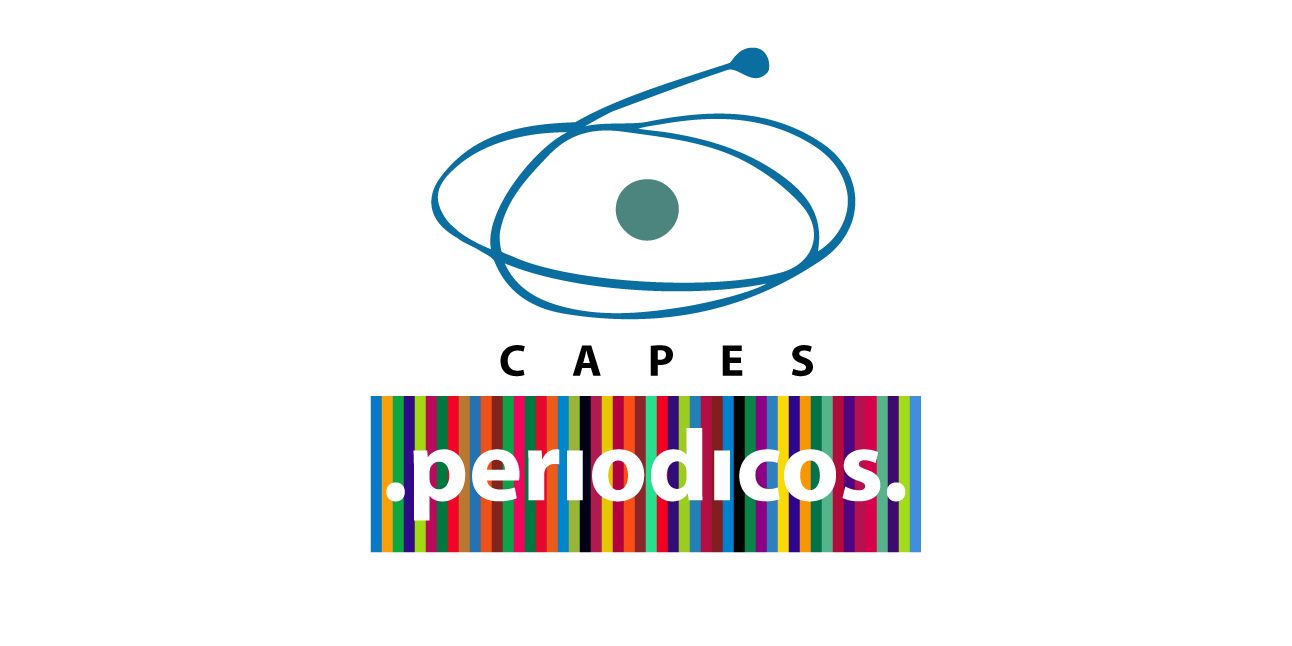Chlorination and the Formation of Trihalomethanes
Keywords:
Disinfection, Unhealthy Effects, Water Treatment Stations, Chlorination Sub-products.Abstract
The dependence of people on water presupposes that the later should have physical, chemical and radioactive characteristics, besides biological one, that would not cause any health-threatening factors. Water from Water Treatments Stations should undergo treatment so that it would become drinkable. Disinfection aims at removing and inactivating pathogenic microorganisms. Chlorine in its several forms is one of the most used disinfectants in the treatment of water worldwide due to its easy supply, low costs and high efficiency. Trihalomethanes (THMs) are sub-products of chlorination and their formation occurs when chlorine is used in water treatment. Disinfection occurs when it reacts with natural organic matter in natural waters. Reaction occurs for some time in so far as the reagent is available. THMs are easily absorbed by human cells through ingestion, inhalation and dermic absorption. Several epidemiological studies have investigated the relationship between the exposure of chlorination sub-products and bladder, colon and rectum cancer.Downloads
Published
2014-11-06
How to Cite
Paixão, R. M., da Silva, L. H. B. R., & Andreola, R. (2014). Chlorination and the Formation of Trihalomethanes. Iniciação Científica Cesumar, 16(2). Retrieved from https://periodicos.unicesumar.edu.br/index.php/iccesumar/article/view/3649
Issue
Section
Artigos de Iniciação Científica
License
The Editorial Board is authorized to make certain changes in the original text to comply with bibliographical norms, orthography and grammar, so that standards in language and style may be maintained. However, the author´s style will be preserved. The concepts developed by the authors are their exclusive concern and responsibility.In case of approval, the e-mail of acceptance will contain a Letter of Copyright with authors´ name, personal data, and signature of all authors.






